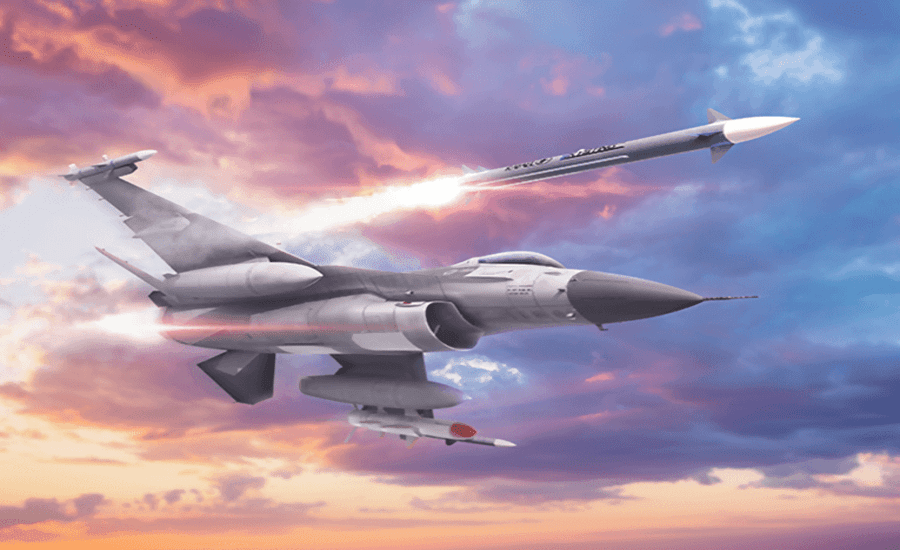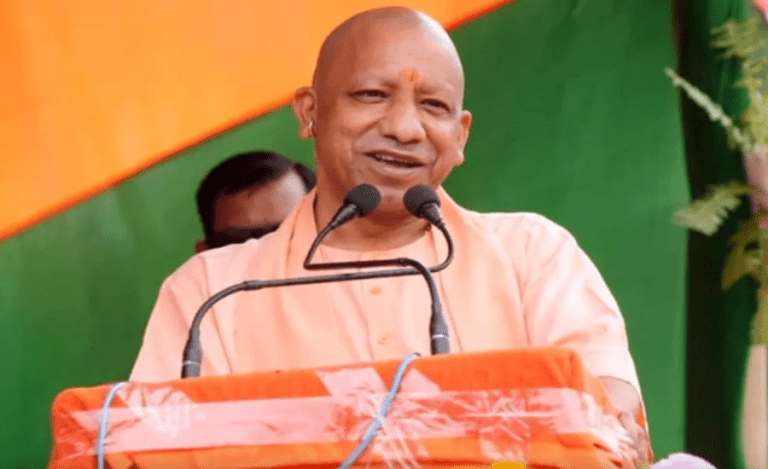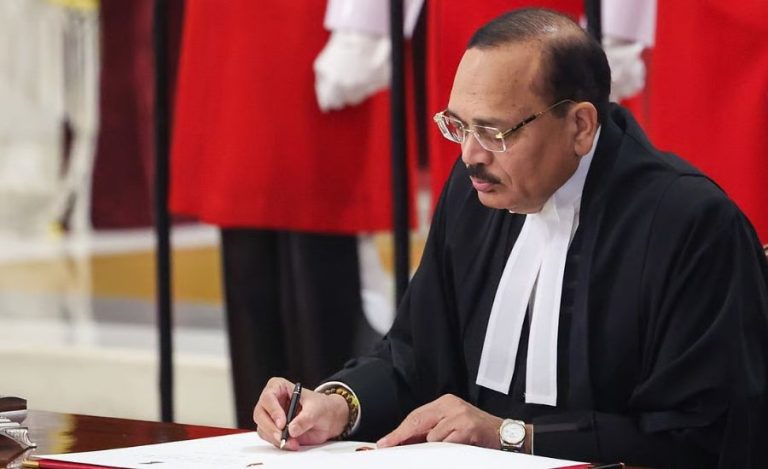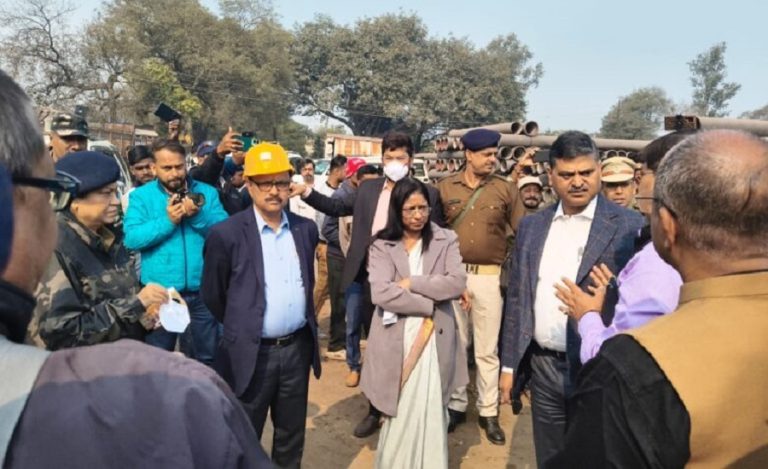New Delhi: Israeli defence technology giant Rafael Advanced Defence Systems has formally proposed its revolutionary sixth-generation long-range air-to-air missile, Sky Sting, to the Indian Air Force (IAF), marking a potential game-changer in India’s aerial combat capabilities.
The strategic offer aims to equip India’s frontline combat aircraft, particularly the Su-30MKI fleet and the indigenous TEJAS MK-1A fighters, with cutting-edge beyond-visual-range engagement capabilities.
Why Sky Sting Missile Matters For India
The Sky Sting missile represents a significant leap in air combat technology. Powered by an innovative three-pulse solid rocket motor, it delivers an impressive strike range of up to 250 kilometers—substantially outperforming comparable systems in the region.
This extended engagement envelope allows IAF pilots to detect and neutralize enemy aircraft from safe standoff distances. The missile’s range exceeds Pakistan’s Chinese-supplied PL-15E missile, which has an operational range of approximately 145-200 kilometers.
Advanced Technology Features of Sky Sting Missile
The Sky Sting incorporates state-of-the-art technology designed for modern aerial warfare challenges. Its advanced radio frequency (RF) seeker comes equipped with sophisticated Electronic Counter-Countermeasures (ECCM), ensuring precise target acquisition even in heavily contested electronic warfare environments.
The missile’s terminal phase precision makes it highly effective against contemporary threats, including stealth platforms and advanced fighter aircraft. The combination of enhanced kinematic power and superior aerodynamic design enables the missile to maintain high velocity and maneuverability well beyond visual range.
Rafael officials emphasize that the missile’s bi-directional data link allows continuous target location updates throughout the flight, significantly improving hit probability. The system’s passive radar homing mode can use enemy jamming sources themselves as guidance, turning electronic warfare attempts into tactical disadvantages.
Strategic Context: Countering Regional Threats
The timing of Rafael’s offer holds particular significance in light of evolving regional security dynamics. Recent military developments have highlighted the importance of superior air-to-air combat capabilities for maintaining aerial dominance.
The Sky Sting’s capabilities directly address concerns about advanced missile systems deployed by neighboring countries. With China and Pakistan enhancing their air combat arsenals, the IAF requires cutting-edge weaponry to maintain strategic superiority.
Integration Plans For Indian Aircraft
Rafael envisions seamless integration of Sky Sting with multiple IAF platforms. Primary focus remains on the Su-30MKI fleet, which forms the backbone of India’s air superiority capabilities with over 260 aircraft in service.
The missile is also being offered for integration with the indigenous TEJAS MK-1A fighter jet, broadening its role across India’s air defence ecosystem. Weighing approximately 180-200 kilograms, the Sky Sting can be adapted to meet India’s current and future fighter aircraft requirements.
India-Israel Defence Partnership Grows Stronger
This proposal strengthens the already robust India-Israel defence cooperation framework. Rafael has previously supplied critical systems to Indian armed forces, including the Barak-8 surface-to-air missile system and Spike anti-tank guided weapons.
Israel remains one of India’s largest arms suppliers, with defence trade exceeding billions of dollars annually. The Sky Sting offer continues this strategic partnership, aligning with India’s vision of modernizing military capabilities through advanced domestic and foreign technologies.
Timeline Considerations And Alternatives
While the IAF evaluates the Sky Sting proposal, India’s indigenous Astra MkIII long-range air-to-air missile program continues development. However, with Astra MkIII’s full operational clearance expected only by 2029-2030, the Sky Sting could fill a critical capability gap.
Defence analysts suggest that acquiring proven foreign systems while developing indigenous capabilities represents a pragmatic approach to meeting immediate operational requirements.
The IAF is simultaneously considering alternatives like MBDA’s Meteor missile, indicating a comprehensive evaluation process for long-range air combat weapons.
Key Advantages of Sky Sting Missile For Indian Air Force
If adopted, the Sky Sting missile will provide several strategic advantages:
Extended Strike Capability: The 250-kilometer range enables first-strike advantage in aerial engagements, allowing IAF pilots to engage threats before entering enemy weapon range.
Electronic Warfare Resilience: Advanced ECCM features ensure reliable performance despite sophisticated enemy countermeasures.
Multi-Platform Integration: Compatibility with Su-30MKI and TEJAS MK-1A enhances operational flexibility across the IAF fleet.
Technology Transfer Potential: Given India’s preference for co-production and technology partnerships, the deal could include manufacturing and maintenance capabilities.
What Experts Say on Sky Sting Missile
Defence technology experts view the Sky Sting offer positively. The missile’s sixth-generation features, including advanced sensor fusion and network-centric warfare capabilities, align with future combat requirements.
Military analysts emphasize that superior beyond-visual-range capabilities prove decisive in modern aerial combat. The ability to engage targets at 250 kilometers provides significant tactical advantage in contested airspace.
The Sky Sting’s proven technology—demonstrated at international defence exhibitions since 2023—reduces integration risks compared to developmental systems.
Next Steps In The Sky Sting Missile Acquisition Process
The IAF will likely conduct comprehensive technical evaluations before making procurement decisions. These assessments typically include performance validation, integration feasibility studies, and cost-benefit analyses.
Given India’s strategic procurement procedures, the Sky Sting proposal will undergo scrutiny by the Defence Acquisition Council before receiving Cabinet Committee on Security approval.
If approved, India could potentially become the launch export customer for Rafael’s Sky Sting missile system, providing additional leverage for favorable terms including technology transfer and co-production arrangements.
Broader Implications of Sky Sting Missile For Regional Security
The potential Sky Sting acquisition signals India’s commitment to maintaining technological superiority in aerial combat.
As regional powers invest heavily in advanced military capabilities, India’s response strategy emphasizes acquiring cutting-edge systems while nurturing indigenous development.
The move also reflects evolving air warfare doctrines emphasizing standoff engagement capabilities, reducing pilot exposure to enemy threats while maximizing combat effectiveness.




























